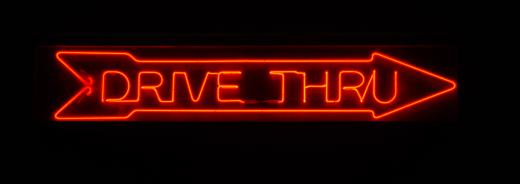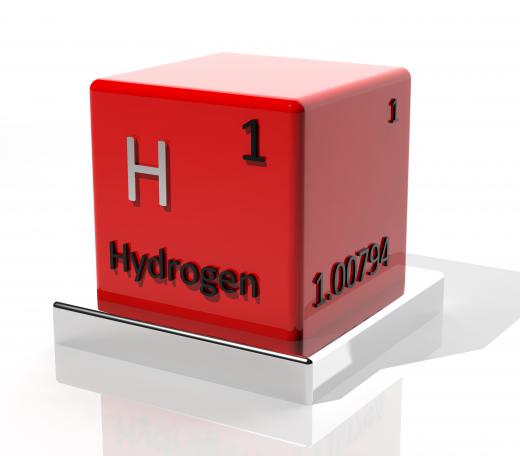In Chemistry, what is Monatomic?
In chemistry, the term "monatomic" often refers to a state when elements occur in the form of single atoms that are not bound to other atoms. This occurs mostly with gases, and all elements can achieve this single-atom state at sufficiently high temperatures. Each of the so-called noble gases — helium, neon, argon, krypton, xenon, and radon — is naturally a monatomic gas at standard temperature and pressure. The term has a somewhat different meaning when it comes to ions, since monatomic ions are made up of only one element, but each such ion can contain several atoms of that single element. A related chemistry term is diatomic, which refers to a molecule made up of two atoms that can either be of the same element or of two different elements.
Elements rarely exist in a monatomic state, especially if they are not in gas form. This is because atoms tend to cluster together. In physical chemistry, this attraction between atoms and molecules is described in detail by the van der Waal's force. The noble gases are made up of very stable atoms and have a low chemical reactivity, which is why they can more easily exist in the monatomic state. These gases also share other characteristics, including not having any color or odor.

Ions are particles with a negative charge, also called anions, or a positive charge, also called cations. Polyatomic ions are made up of two or more elements. Monatomic ions are made up of one element, and there are two types of this kind of ion. Type I are ions made up of one single element that always has the same charge in ionic form, forming either cations or anions. Examples of this are silver and zinc ions. Type II ions are also made up of one single element, but in ionic form these elements can form both anions and cations, as is the case with iron and copper.

The properties of a single atom of an element can be different than the properties of clusters of atoms of that same element. Monatomic gold for example has a different color and different conductive properties than clusters of gold atoms. Hydrogen usually occurs in the form of a gas, where two hydrogen atoms form one hydrogen molecule. Monatomic hydrogen is very rare and very unstable, but scientists believe it could be used as a powerful fuel, for example for space travel.
AS FEATURED ON:
AS FEATURED ON:












Discussion Comments
Wow - I remember working with hydrogen in chemistry class and I'm having trouble imagining something even more dangerous than regular hydrogen! It was the highlight of the year for us - we created a tiny amount of hydrogen gas (H2) from water and captured it inside an upside-down test tube. (Since hydrogen is lighter than air, it stayed in the open tube.
Then we got to light the hydrogen on fire! I bet they don't let them do that anymore. Almost the only thing I remember from chemistry!
I didn't know you could make monatomic minerals like gold (and I'm not sure why you would want to) but it does stand to reason they would have different properties. After all, O2 and O3 are very different beasts (O2 is the air we breathe and O3 is ozone, as in the ozone layer - great to have in the atmosphere but deadly pollution on the ground.)
Post your comments